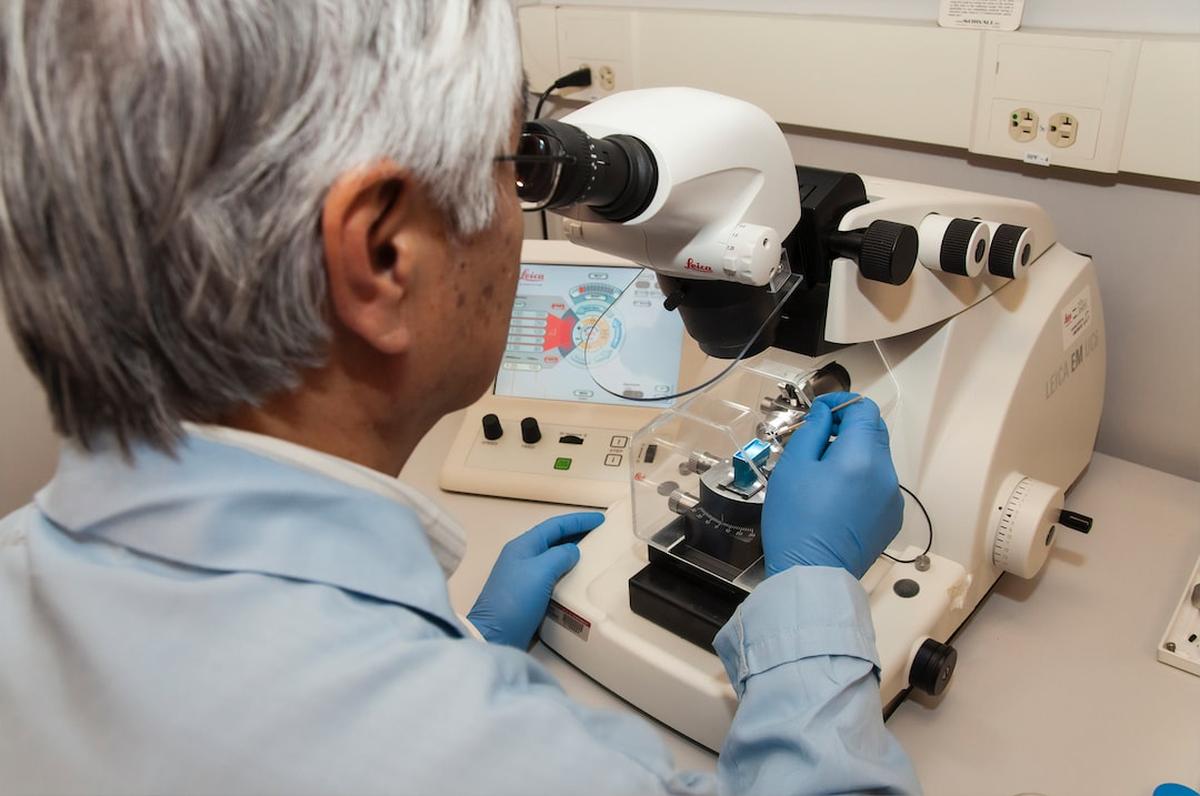The Theory of Evolution, a cornerstone of modern biology, is a comprehensive explanation of the process by which species change over time. The theory, initially proposed by Charles Darwin in the 19th century, has been bolstered by a plethora of evidence from various scientific disciplines, including paleontology, genetics, and comparative anatomy. However, it is the evidence from DNA, the blueprint of life, that provides the most compelling support for the theory of evolution.
Understanding DNThe Blueprint of Life
DNA, or deoxyribonucleic acid, is a molecule that carries the genetic instructions used in the growth, development, functioning, and reproduction of all known living organisms. In essence, DNA is the language of life, encoding the information that determines an organism’s traits.
In the context of evolution, DNA plays a crucial role. Changes or mutations in DNA sequences can lead to variations in traits, some of which may confer an advantage in survival and reproduction. Over generations, these advantageous traits become more common in the population, leading to evolutionary change.
DNA Sequences: The Strongest Evidence for Evolution
DNA sequences are essentially the ‘sentences’ written in the language of life. They specify the order in which the building blocks of DNA, known as nucleotides, are arranged. It is these sequences that determine the traits of an organism.
DNA sequences provide robust evidence for evolution because they reveal the shared ancestry of life. All living organisms use the same DNA language, suggesting a common origin. Furthermore, the degree of similarity in DNA sequences between different species can indicate how closely related they are, reflecting their evolutionary history.
Comparative Analysis of DNA Sequences
Comparing DNA sequences between different species is akin to comparing different versions of a story. The more similar the versions, the more closely related the species are likely to be. This process involves aligning the DNA sequences and counting the number of differences, or mutations.
Comparative DNA analysis has yielded numerous examples supporting evolution. For instance, humans and chimpanzees share about 98.7% of their DNA sequences, indicating a recent common ancestor. On the other hand, humans and bacteria share much less DNA sequence similarity, reflecting a more distant common ancestry.
Other Evidences Supporting the Theory of Evolution
While DNA provides the strongest evidence, other lines of evidence also support the theory of evolution. Fossil records, for example, document the existence of extinct species and reveal the gradual changes in species over time. Morphological evidence, such as similarities in body structures, suggests common ancestry. Biogeographical evidence, such as the distribution of species across the globe, also supports evolution. Finally, comparative anatomy and embryology reveal similarities in the development and structure of different species, further indicating common ancestry.
DNA vs Other Evidences: A Comparative Study
DNA evidence has several advantages over other types of evidence. It is more direct, as it reflects the actual genetic changes that drive evolution. It is also more precise, allowing scientists to quantify the degree of relatedness between species. However, DNA evidence also has limitations. For instance, it can be difficult to obtain DNA from extinct species or from species that live in harsh environments.
Case Studies Highlighting DNA as the Strongest Evidence
The comparison of human and chimpanzee DNA is a classic case study highlighting the power of DNA evidence. The 98.7% similarity in DNA sequences between the two species provides compelling evidence for a recent common ancestor. Another example is the comparison of DNA among different bird species, which has revealed the evolutionary relationships among these species.
Criticisms and Counterarguments Against DNA as the Strongest Evidence
Despite the strength of DNA evidence, some critics argue that it is not sufficient to support the theory of evolution. They point out that DNA similarities could be due to common design rather than common descent. However, this argument fails to explain the specific patterns of similarity and difference observed in DNA sequences, which are consistent with the predictions of the theory of evolution.
Recap
Recap, DNA evidence provides the strongest support for the theory of evolution. It directly reflects the genetic changes that drive evolution and allows precise quantification of the degree of relatedness between species. While other lines of evidence also support evolution, they are less direct and less precise. As our understanding of DNA continues to grow, so too will its power to illuminate the evolutionary history of life on Earth.
References:
- Futuyma, D. J., & Kirkpatrick, M. (2017). Evolution. Sinauer Associates is an imprint of Oxford University Press.
- Ridley, M. (2004). Evolution (3rd ed.). Blackwell Publishing.
- Strickberger, M. W., & Singh, R. S. (2008). Strickberger’s Evolution. Jones & Bartlett Learning.








